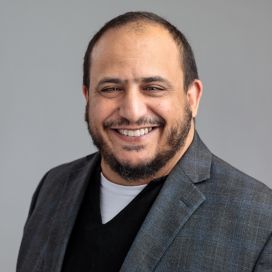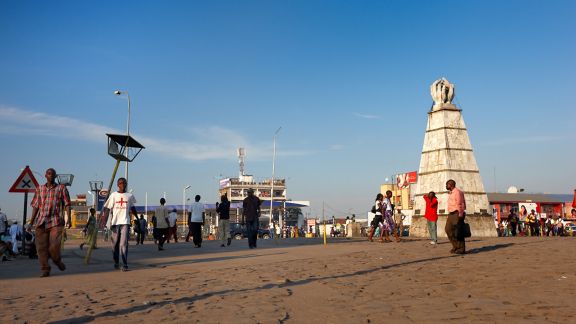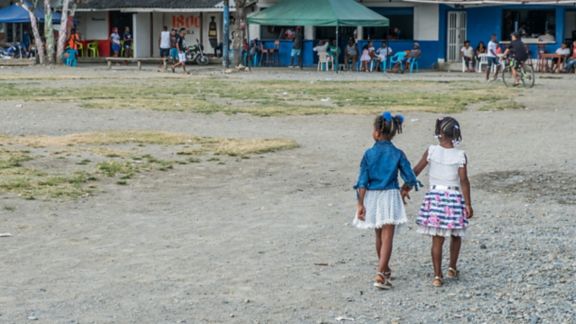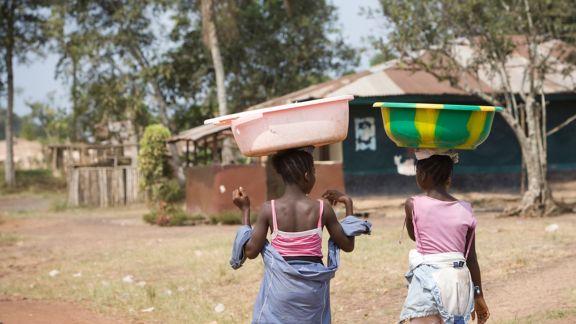Countering Trafficking in Persons (C-TIP)
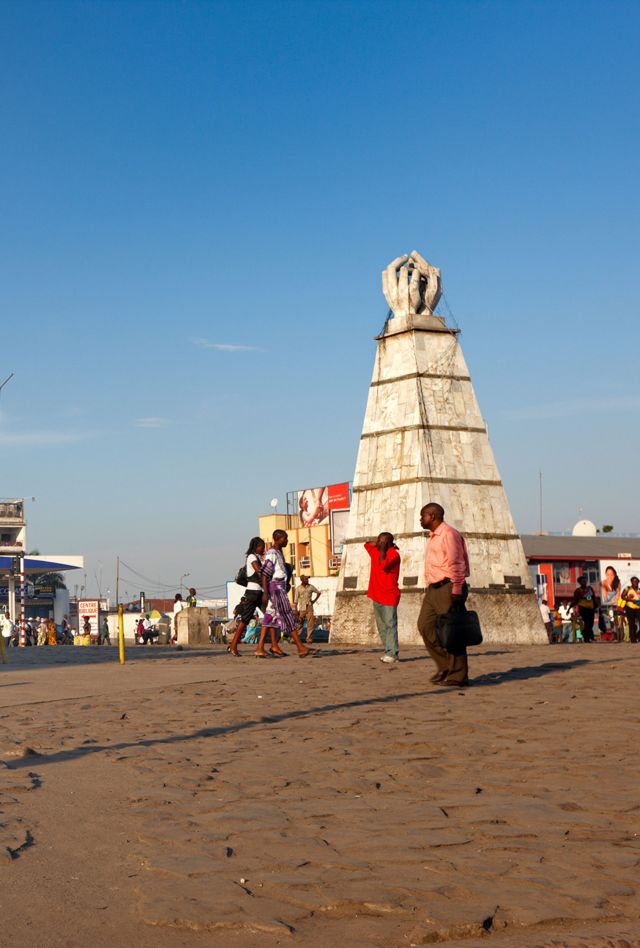
Problem
Gaps existed in systematic analysis of human trafficking in the Democratic Republic of the Congo (DRC).
The DRC is a source, transit, and destination country for various forms of human trafficking for both Congolese nationals and migrants. As of 2022, the country was designated to the Tier 2 Watchlist on the State Department’s annual Counter-Trafficking in Persons (C-TIP) report for the third year in a row. The government of the DRC was also on the 2022 State Department Child Soldiers Prevention Act list, meaning the government was identified as having armed forces that recruit or use child soldiers.
The U.S. Agency for International Development (USAID) needed a situational analysis in the DRC to assess the prevalence and types of trafficking in persons, regional trends, knowledge of trafficking by government officials, and local capabilities to address trafficking in the DRC. Although previous studies had been conducted on human trafficking, particularly forced labor in the mining areas in the DRC, there had not been a systematic study to examine the frequency, types, and regional differences, which would support the development of a comprehensive strategy to tackle trafficking and prioritize interventions.
Solution
NORC employed trauma-informed techniques and network sampling to complete a thorough assessment of the trafficking landscape.
We employed cutting-edge trauma-informed techniques to survey the most vulnerable. Adhering to a do-no-harm philosophy, we required that all team members, including our local enumerators, complete a training on trauma-informed interviewing techniques, including how to identify an interviewee who exhibits trauma during an interview. The training also addressed vicarious trauma that can lead to researcher burnout, especially when interviewing children.
To complete our thorough assessment of the current state of trafficking in the DRC, we conducted:
- An in-depth desk review
- Network mapping activities
- Over 100 key informant interviews with staff of NGOs and staff of the government of the DRC agencies, including the Agency for the Prevention and Fight against Trafficking in Persons
- Focus group discussions (FGDs) with survivors of various types of trafficking, including youth formerly associated with an armed group; survivors of commercial sexual exploitation of children; and survivors of forced labor such as individuals forced into mining or domestic service.
For our focus groups, rather than using a standard area-based probability sample to identify those who are marginalized, we used network sampling. In the case of youth formerly associated with an armed group, we first identified NGOs that help DRC’s child soldiers reintegrate into society and obtained a possible respondents list from them. Next, we used a network-based approach where initial respondents identified other child soldiers they knew. We coupled this with a household survey in “hotspots” of child soldiering. This multimethod approach allowed researchers to interview both children and their primary caregivers to better understand how caregivers could empower children and keep them from being pulled into armed groups.
Result
Our assessment painted a detailed picture of the relative frequency and types of trafficking in the DRC.
We found that the most prevalent forms of human trafficking in the DRC were forced labor, child labor, forced begging, commercial sexual exploitation, forced marriage, and forced combat. Forced labor of adults and children was most prevalent in mining, agriculture, construction, and the commercial sector and was found to occur in all provinces of the DRC. Domestic servitude, child labor, forced begging, and forced marriage also occurred in every province, however rural villages were larger hotspots for forced marriage than urban areas.
The drivers and conditions that enable human trafficking are a current lack of a comprehensive legal framework to provide justice to victims by holding traffickers accountable, widespread poverty and unemployment, low awareness levels of trafficking, and conflict-induced vulnerabilities. Most survivors are in vulnerable situations due to their socioeconomic status, ethnicity, gender, age, and/or migration status.
Many organizations provide support to survivors of trafficking. As part of our work, we created a database of stakeholders with trafficking-related programming and complementary services.
Related Tags
Project Leads
-
Rachael Jackson
Senior Research ScientistPrincipal Investigator -
Protik Ali
Principal Research ScientistProject Director -
Kareem Kysia
Program Area DirectorProject Director





